By OGP Reporters / Members Contribute File Photos
Oh Good Party
The collection of ancient inkstick was in vogue in the Ming Dynasty, and reached its peak in the late Qing Dynasty. Unfortunately , for the next few decades, the inkstick was silent in the turmoils and wars. It's really emerging in the auction of 2007 because of the enthusiasm for painting and calligraphy and the literary art has promoted the continuous increase in the volume of ancient inkstick.
Wang Yi, the collector of ancient inksticks, was recently held “Treasure of Inksticks - The Wang Yi’s Ancient Inkstick Collections Exhibition” at the Shanghai Library. The event is showcaseing Mr. Wang’s precious collections and academic books, as well as contemporary calligraphers' works and other derivative products. It made people to find the artistic charm in Chinese traditions.
The inkstick is one of the "four treasures of the study", not only has the appearance art of integrating painting and engraving, but also has the function of painting and calligraphy, which is essentially a symbol of culture. In the Chinese concept, inkstick is the embodiment of the scholars. With ink and words, their emotions, ambitions, wisdoms and elegance is expressed on. Inkstick has been loved by literati for thousands of years, just like said, "An invaluable inkstick is worth more than gold".
Inkstick is one of the traditional Chinese writing instruments. It has been used as a basic pigment for writing, painting, rubbing and printing since ancient times. The invention and manufacture of inkstick were an important role in the development of Chinese culture and art. It has a long history of production, and many of different styles. The features are fine texture, easy to grind, shiny black, and fragrant. Even now, our technology are changing with each passing day, the traditional writings and paintings are still of great significance to the wealthy intellectual class in China. There is a close relationship and deep feelings between the both. Their value of life is reflected feelings, sentiments, sustenance, and the connotation of spirit. From the Han Dynasty to the Ming and Qing Dynasties, inkstick has experienced more than a thousand years of evolution from initial creation, development, and prosperity to decline. It has witnessed the whole process of the decline of Chinese feudal society and is a precious intangible cultural heritage.
The collection of ancient inkstick was in vogue in the Ming Dynasty, and reached its peak in the late Qing Dynasty. Unfortunately , for the next few decades, the inkstick was silent in the turmoils and wars. It's really emerging in the auction of 2007 because of the enthusiasm for painting and calligraphy and the literary art has promoted the continuous increase in the volume of ancient inkstick. However, the return rate of ancient inkstick is not as obvious as porcelain, jade and painting. The smoking and compounding in the process of making inkstick also relatively promotes the environmental pollution, and the scarcity of raw materials such as bear bile, musk, and agarwood. The inkstick made by the traditional process becomes more and more low-yield and always in demand since there are more and more calligraphers and painters using old inksticks. Not only that, but a lot of the traditional handmade also faces the same problem.
In 2008, a set of official inksticks, which is Qing Dynasty's "Ten landscapes of royal inksticks " was sold RMB 4.48 million at the auction. It was made by Wang Jieqi, who was one of the "Four Inkstick Masters of the Qing Dynasty". Zhang Daqian once said: "If you want to find a good inkstick, it will be better before 1889 of Emperor Guangxu, and the best inksticks are royally inksticks during the reign of Emperor Qianlong." In terms of quality, the inkstick of the Qing Dynasty is the best in the collection of ancient inkstick. During this period, China's inkstick industry has reached its peak. After that the raw materials used in the ink production in the late Qing Dynasty and the tung oil were exported in large quantities, while the imported ones were a large amount of carbon black, which made the traditional Chinese inkstick industry suffer a lot. So the quality was much worse.
The decisive factor in the price of ancient inkstick is the age, "the inksticks of the Tang and Song Dynasty are peerless treasure, the inksticks of the Ming Dynasty are rare." Since ancient inkstick is difficult to preserve, it is difficult to find inksticks of Tang and Song Dynasties, and the inksticks handed down by Ming Dynasty are extremely rare. These inksticks made by famous and celebrities are high worthy. In fact, the inksticks of the Ming Dynasty, especially the Emperor Wanli or previous, will not be appeared in the market. Even some collectors found it occasionally mostly defective. Most of the inksticks of the Ming Dynasty are kept in the national museums and several family collections, which is extremely difficult to find.
In the history of ink making in China, there were famous craftsmen such as Pan Gu, Zhang Yu and Ye Maoshi in the Song Dynasty. Master of Pan Gu made "song pill", "suan-ni" and other inksticks, which the quality was known as "inkstick in the gods." In the Ming Dynasty, the Hui inkstick was heyday. The most famous inkstick makers were Luo Xiaohua, Cheng Junfang and Fang Yulu. Luo Xiaohua's oil soot inksticks, Cheng Junfang's lacquer soot inksticks, and Fang Yulu's precious medical inksticks were rare treasures. Cheng Junfang also said "My work is worth more than the gold after a hundred years." The three masters of Ming Dynasty have a variety of inkstick styles, gorgeous decorations, and exquisite patterns, such as "Five Sacred True Ge", "Dongyue Taishan Zan", "Jiu Ding Tu", "Hundred Birds" were treasures. There were Cao Sugong, Wang Jinsheng, Hu Kaiwen, and Wang Jieqi, were known as "Four Inkstick Masters of the Qing Dynasty " . Among Cao Sugong's "Zi Yuguang" and "Canglongzhu", Hu Kaiwen's "Yuyuan" and "Royal Cotton", Wang Jinsheng's “cultivating the weaving map” and “Rohan Zan”, their works have exquisite patterns, delicate characters, and elegant decoration. In 1915, the "Global Inkstick" by Hu Kaiwen of the Republic of China won the gold medal at the Panama World Expo.
Any piece of inkstick made by these well-known masters are more than one million RMB. Taking the inksticks of the Qing Dynasty as an example, the imperial inksticks and the tribute inksticks are the first, the celebrity inksticks are the second, the famous craftsmen inksticks are the third, and the general inksticks are the last.
Royal inkstick was used by the emperor, and made by the best craftsman of the country. The whole process was supervised by the government officials. Since the Emperor Kangxi, the Qing Dynasty has been self-made by the Imperial Household Department. After that next Emperors continued this ways. So these were rarely found in the public. Tribute inkstick was used by the governors or important ministers to ingratiate their emperor. During the Daoguang period, these courtiers would tribute to the court three times for each year, that was the "spring tribute", "long live tribute", "yearly tribute". These inksticks have beautifully crafted and excellent materials, and also written with the name of the presenter, the year number, or the name of the maker. For example, "Tai Ping Qing Play" , "Chen Xu Yuan Meng Gong Jin" and so on. The customization inksticks were for calligraphy and painting works of famous celebrity and scholar families. It was a special model, so the amount was rare. They would used the superior materials, fine patterns, exquisite workmanship, and their participation, that was including many cultural connotations such as paintings, inscriptions, engravings, styling, etc. In addition, there were collectors inkstick, ordinary inkstick, present inkstick and medical inkstick. The collectors inkstick was highly decorative and in odd shapes that were meant for collecting rather than for actual use in making inkstick, such as the "Hundreds of Children" by Cheng Junfang in the Ming Dynasty. The ordinary inkstick was different prices due to the difference in quality. The present inkstick was designed for various festivals, such as “Shou Ping” for giving a birthday gift, “Baizi Tu” for wedding, and “Hand Roll” for students to enter school, It were good appearance form, but the material was poor. As for the medical in inkstick was produced by mixing standard ink with herbal medicines which can be ground and taken internally, such as the "Babao medicine" made by Zhan Ziyun in Emperor Qianlong.
A good inkstick needs to achieve as hard as stone with a texture like a rhino and black like lacquer, it can show multicolor of ink on the white paper. Then the painter or calligrapher can create many layered works. The paintings of ancient inkstick have remained the same for hundreds of years. The traditional ancient inkstick process is known as the “Wan Yu”, that means the inksticks need pats/hits 10,000 times. This traditional craftsmanships were passed down from generation to generation by the inkmaking family. Although the quality and craftsmanship of ancient inkstick and new inkstick are almost identical, but the ancient inkstick have more additional values that is the craftsman skills and celebrity reputations.
Wang Yi has been collecting ink for more than 30 years. His collections include the inksticks of the Song and Ming Dynasties, and other periods, were more than 2,000 pieces, and 90% are ancient inksticks of the Ming and Qing Dynasties. He collected the "Four Inkstick Masters of the Qing Dynasty" of the official inksticks and royal inksticks, and a large number of the customization inksticks and present inkstick of historical celebrities, painters and officials, and some commemorative inksticks reflected the characteristics of the "1911 Revolution", the "Liberation Movement", the "War to Resist US Aggression and Aid Korea" and major historical events and so on. Some books by Mr. Wang "Chinese Inksticks Culture Grand View”, "Ancient Inksticks" and others. If you are interested in it, you won’t regret reading it.
Event: Treasure of Inksticks - The Wang Yi’s Ancient Inksticks and Derivative Products Exhibition

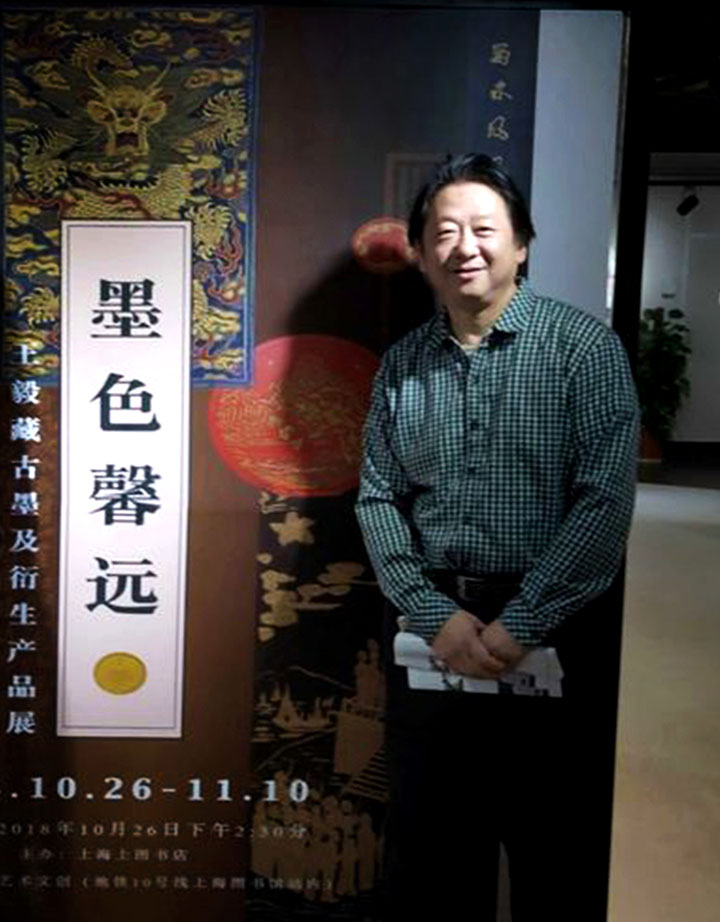

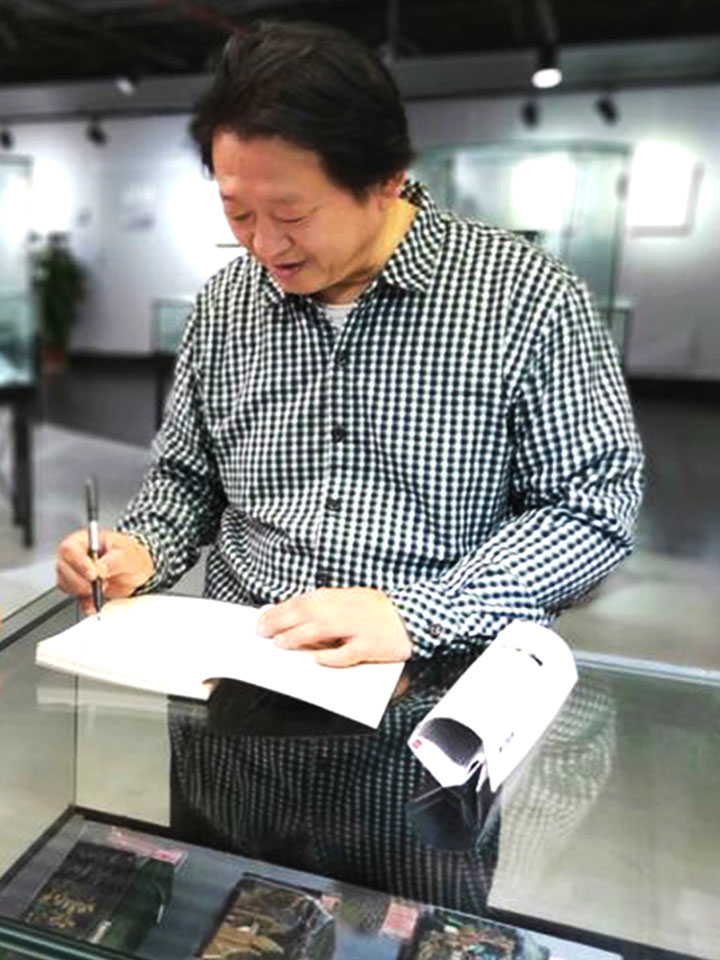

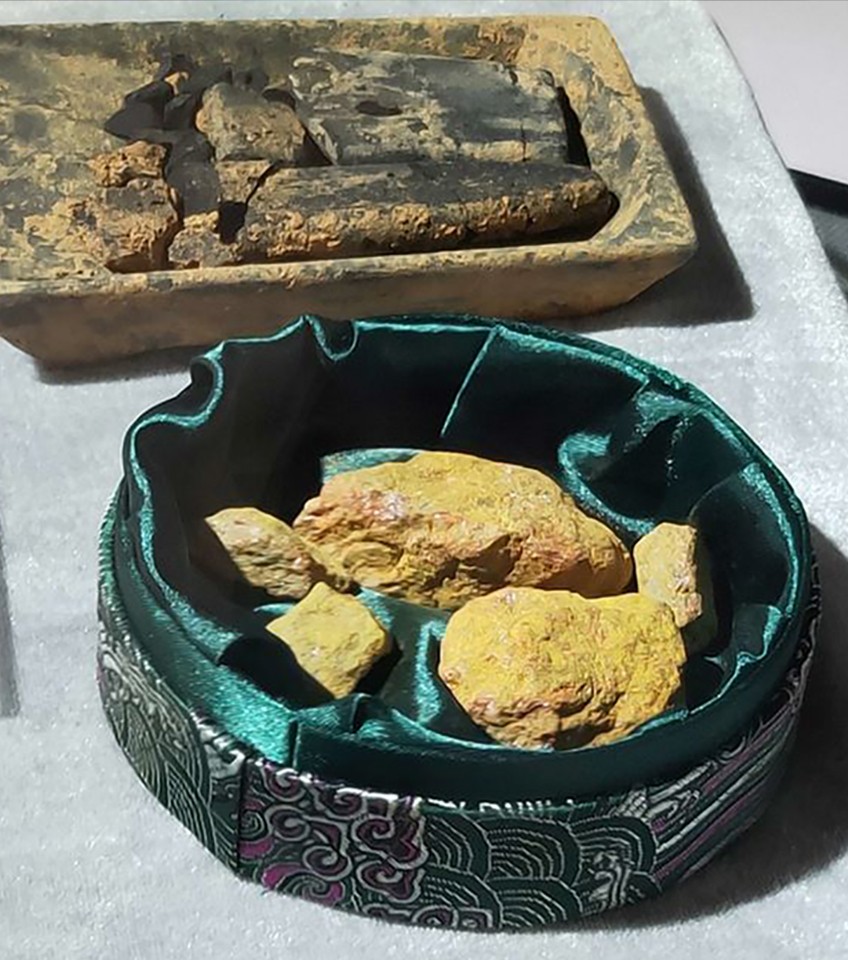

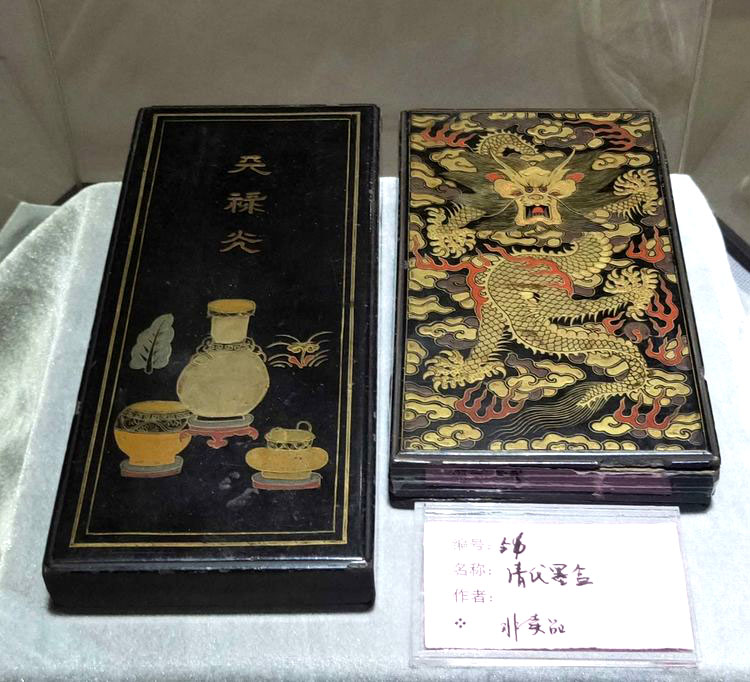

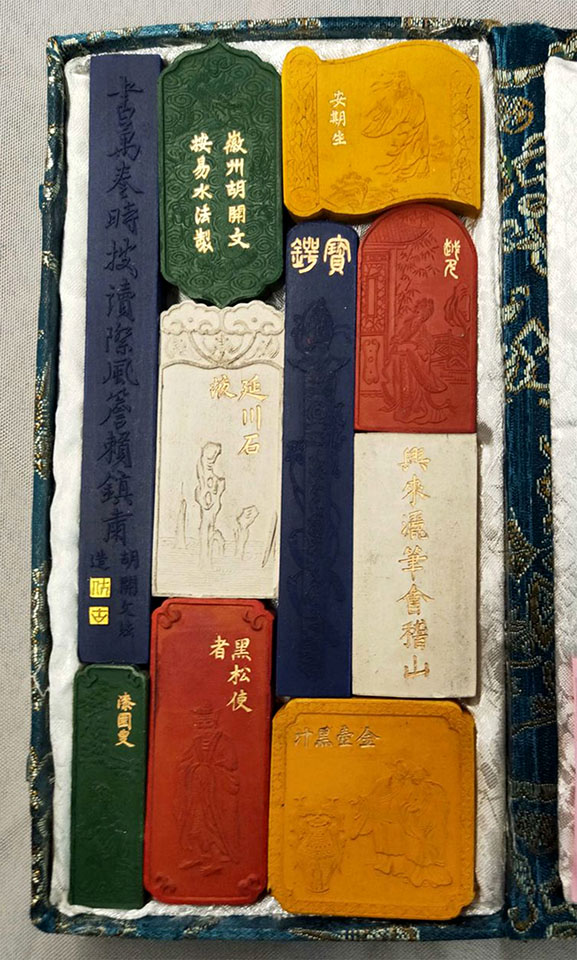

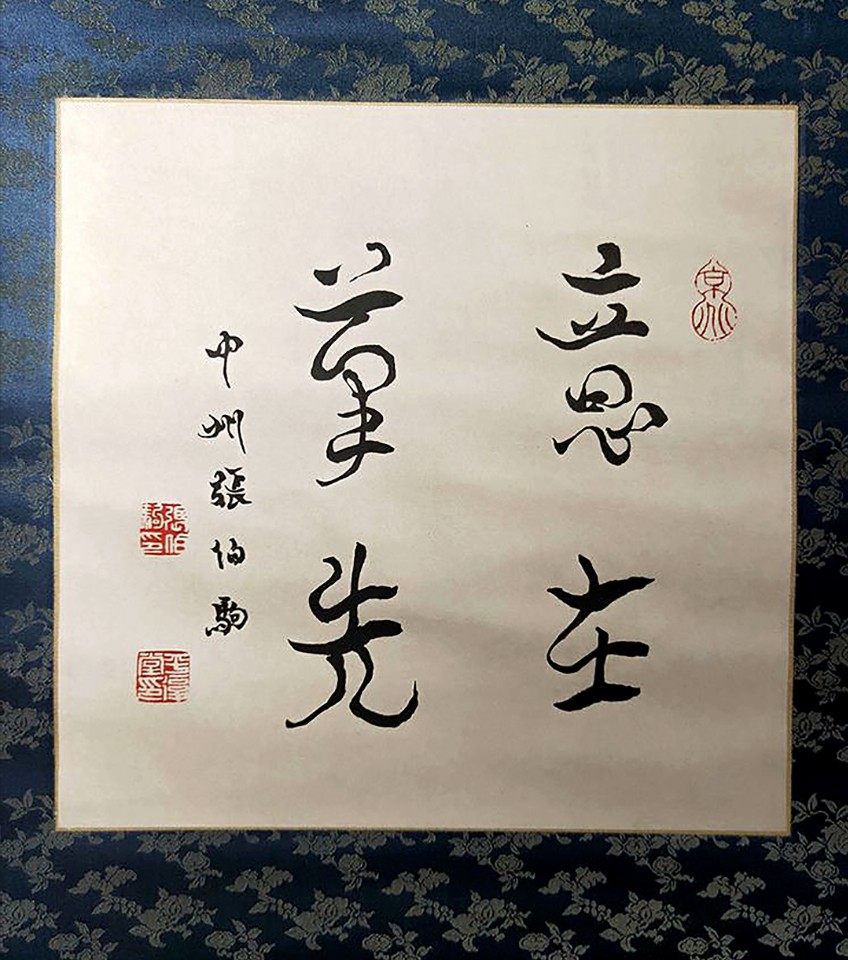
Comentarios